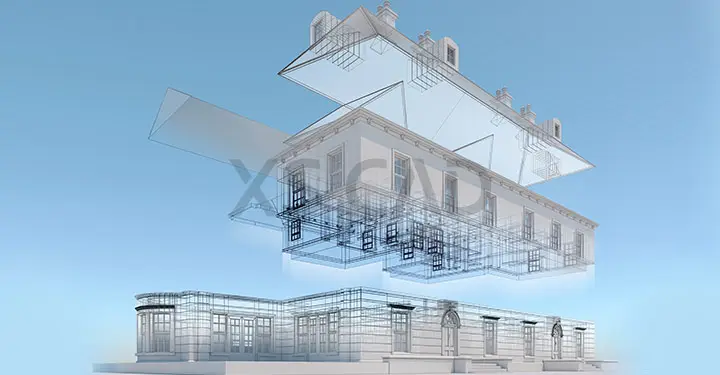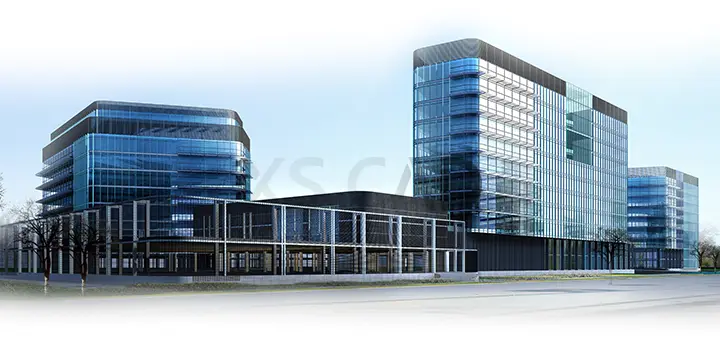Our Articles

How Digital Twins in Construction Focus on the Human Aspect
‘You can dream, create, design and build the most wonderful place in the world. But it requires people to make the dream a reality,’ said Walt Disney. The prevalence of the digital twin in construction has been quickly accepted globally. Yet, much as Walt Disney implied, the best construction needs to consider the human aspect – the people that design, construct, inhabit and maintain a building.
Using technology to provide a digital representation of building systems and components, digital twins can make a real difference. Project stakeholders can make fast, informed decisions based on real-time data easily accessible from any location through the creation of a digital twin.
How Different Is It from BIM?
Similar to BIM modelling, they take the representation of a building to the next level. Created by managing real-world data accumulated from 3D laser scanners, drones, sensors, cameras and other IoT devices, digital twins enable information gathering from various sources.
Digital twins go further than BIM to connect the planning and building process to the purpose and use of the built space. It can show how people will use the space and can predict how an asset will perform. Assessing occupancy behaviour, a digital twin can use patterns, such as how space is utilised and how traffic moves, to test different modifications based on design changes, security events, etc.
Digital twins can never replace human beings, but they can help people perform tedious tasks quickly and efficiently. By understanding space optimisation, digital twins can do away with confusion, delay and errors.

Digital Twins in Construction
A digital twin is a virtual representation of an actual asset or system that uses engineering or architectural data. The created twin helps building project stakeholders understand, model and assess asset or system performance. The twin is digitally connected to the real asset and can reflect any changes automatically and immediately.
Traditional design and construction workflows can be sped up and automated using the digital twin of an object. The twin can be used for prefabrication and to improve industrial efficiency. All project stakeholders can access data in the digital twin regarding design, item selection, specification, manufacture, installation and operations.
From the early stages of design, the digital twin can evolve into a constantly updated model. A construction project can be viewed in its proposed environment when spatial data is connected with mixed or augmented reality tools.
Road slope and drainage details can be analysed, fixed and synced instantly. Even lighting, traffic, accessibility, wind speed and direction can be assessed to develop a detailed image of the built model, enabling data-driven decisions.
Key Advantages of Digital Twins
Improved Collaboration
Data flows from the field to the digital twin and back, helping collaboration. All stakeholders are on the same page, so site visits can be minimised and management can make informed decisions quickly.
Efficient Workflows
Accessing BIM models is only one part of the digital twin. Site data collected through sensors can help update as-built models, reducing potentially costly errors.
Safe & Secure
Workers’ safety in hazardous zones can be improved by tracking them in real-time and discouraging risky procedures or materials. Sensors on scaffolding can monitor the stress acting on it and prevent accidents.
Handovers
All as-built deliverables can be verified with reliable data, making it easier for the facility’s operations, maintenance and facilities management.
Maintenance
Digital twins can be used to predict any risk of structural failure and take remedial steps, provided sensors are used to monitor fractures and stresses.
Digital twins can improve a building’s lifecycle and contribute to environmental sustainability, reducing expensive errors and enabling the smart use of buildings.
A digital twin with management capabilities at the workplace, an integrated workplace management system or IWMS, can improve operations, service quality and move seamlessly to data-based decision making.
To know more about digital twins . . .
A layered approach to the design, construction and facilities management of a building, digital twins vividly, informatively and comprehensively integrate real-time data from buildings to their digital representations. Digital twins in building construction continues to focus on the human aspect and can even factor in efficiently to CFD analysis and architectural drafting in building construction design.
XS CAD has valuable experience providing BIM modelling and creating digital twins for general contractors and consultants in building construction. Our range of services for facilities management professionals for space optimisation and to be used for CFD analysis, Integrated Workplace Management Systems across the world, and we can convert point clouds to MEP models. We create these models and architectural drafting by using Revit, AutoCAD and BIM Collaborate Pro for cloud collaboration.

